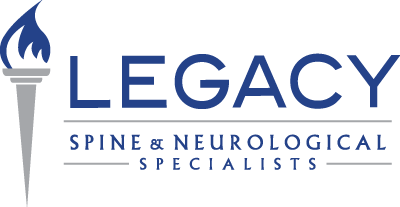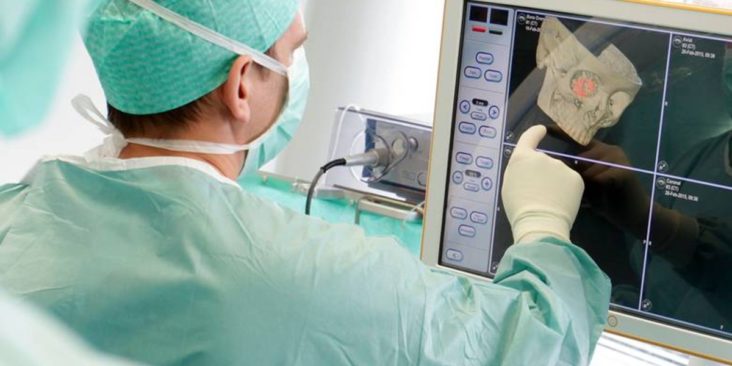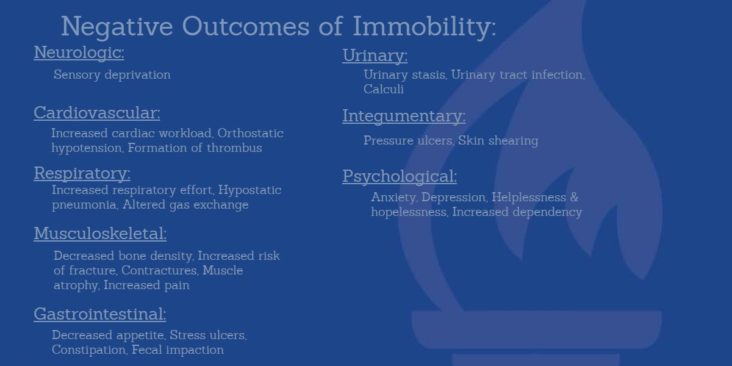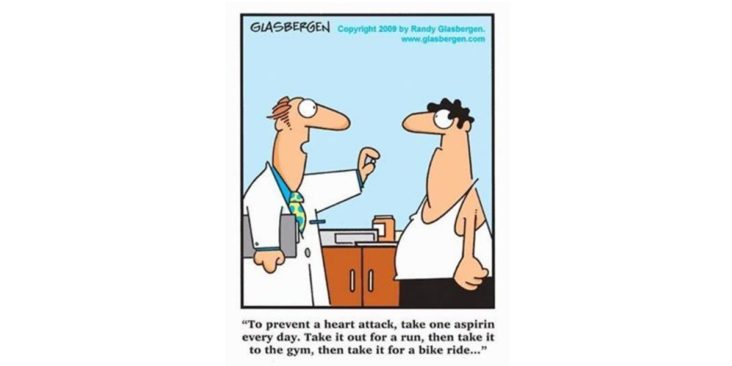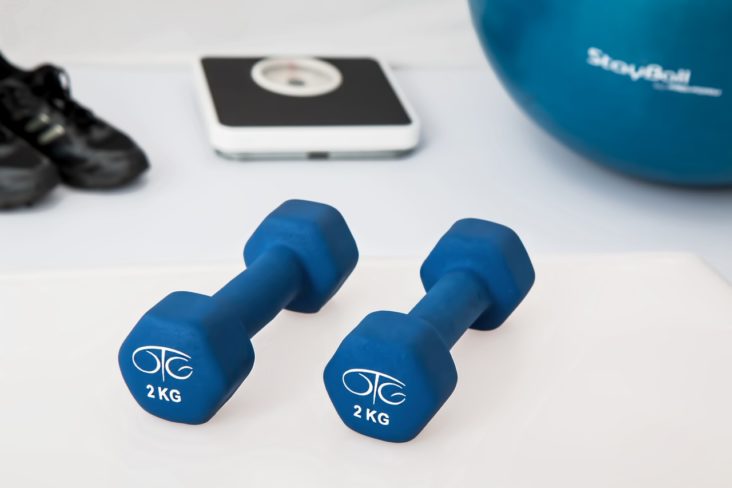THE WORLD’S LEAST INVASIVE LUMBAR FUSION SURGERY: the S-LIF, Developed by and available exclusively at Legacy Spine & Neurological Specialists.
Sciatic nerve pain can be disruptive. Constant pain and numbness due to a compressed nerve with spine instability can hinder your daily life. So can invasive spinal surgery and the recovery time that comes along with it. But not anymore, thanks to S-LIF technology.
The S-LIF is the least invasive option for lumbar fusion surgery available anywhere in the world. When Dr. Schlesinger developed the MIG-LIF procedure in 2015, it was the least invasive fusion option also done through a keyhole outpatient surgery. While this was a great breakthrough at the time in MIS spine surgery, Dr. Schlesinger felt that the next logical step was to achieve the same outcome with even less surgery.
Through application of his microsurgical skills and experience in delicate surgery on aneurysms and tumors of the brain, this next step became a reality. The S-LIF is the least invasive option in the world for many patients with the need for a decompression and fusion of the lumbar spine. It is not for all patients as some still require more invasive surgery. But for those that are candidates for MIS surgery, this is an outstanding option.
The S-LIF procedure is performed by our two talented neurosurgeons Scott Schlesinger, MD, and Dominic Maggio, MD. Scott Schlesinger, MD has practiced neurosurgery since 1992. He trained in Neurosurgery at UT Southwestern with a fellowship in Lausanne, Switzerland. He has received multiple awards and multiple recognitions as the Best Neurosurgeon in the state. Dr. Schlesinger is the founder of Legacy Spine and Neurological Specialists and the developer of the S-LIF procedure.
Dominic Maggio, MD joined the Legacy team in July 2021. He is an excellent surgeon who specializes in the S-LIF procedure as well as a wide variety of other spinal surgery. He trained at the University of Virginia-National Institutes of Health neurosurgery program and received multiple awards for his research and clinical skills. He subsequently did a fellowship at Ohio State University in complex and minimally invasive spine surgery techniques.
To find out if the S-LIF is an option for you or for more information call us today at 501-661-0077 or email contactus@wordpress-967348-3758640.cloudwaysapps.com. We look forward to the opportunity to serve you!
